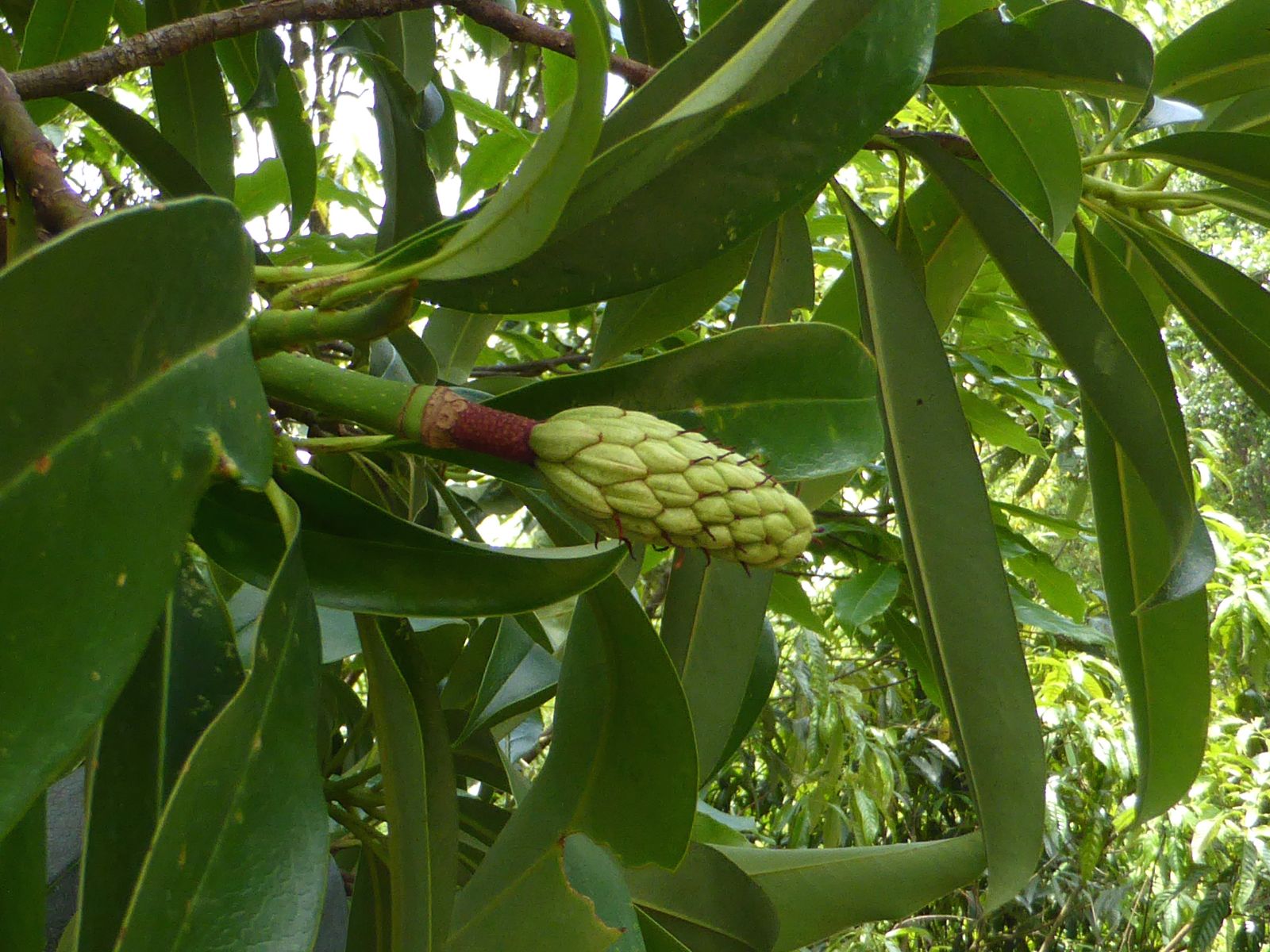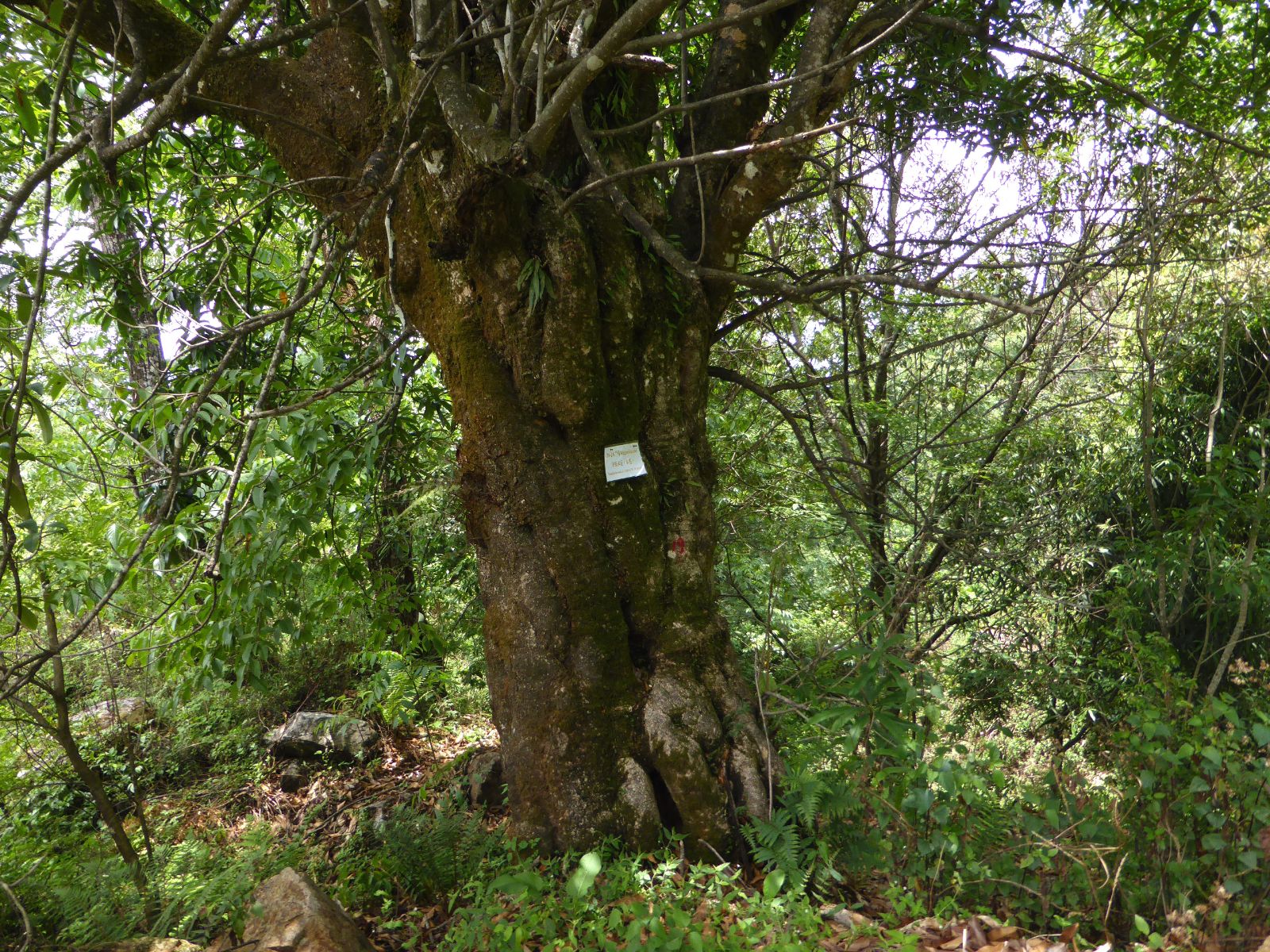Magnolia hookeri
Sponsor
Kindly sponsored by
The Roy Overland Charitable Trust

Credits
Julian Sutton (2022)
Recommended citation
Sutton, J. (2022), 'Magnolia hookeri' from the website Trees and Shrubs Online (treesandshrubsonline.
Genus
- Magnolia
- Section Manglietia
Synonyms
- Manglietia hookeri Cubitt & W.W. Sm.
Other taxa in genus
- Magnolia acuminata
- Magnolia × alba
- Magnolia amabilis
- Magnolia amoena
- Magnolia aromatica
- Magnolia biondii
- Magnolia × brooklynensis
- Magnolia campbellii
- Magnolia cathcartii
- Magnolia cavaleriei
- Magnolia caveana
- Magnolia champaca
- Magnolia changhungtana
- Magnolia chapensis
- Magnolia compressa
- Magnolia conifera
- Magnolia Cultivars A
- Magnolia Cultivars B
- Magnolia Cultivars C
- Magnolia Cultivars D
- Magnolia Cultivars E
- Magnolia Cultivars F
- Magnolia Cultivars G
- Magnolia Cultivars H–I
- Magnolia Cultivars J
- Magnolia Cultivars K
- Magnolia Cultivars L
- Magnolia Cultivars M
- Magnolia Cultivars N–O
- Magnolia Cultivars P
- Magnolia Cultivars Q–R
- Magnolia Cultivars S
- Magnolia Cultivars T
- Magnolia Cultivars U–V
- Magnolia Cultivars W–Z
- Magnolia cylindrica
- Magnolia dandyi
- Magnolia dawsoniana
- Magnolia de Vos and Kosar hybrids
- Magnolia decidua
- Magnolia delavayi
- Magnolia denudata
- Magnolia doltsopa
- Magnolia duclouxii
- Magnolia ernestii
- Magnolia figo
- Magnolia floribunda
- Magnolia × foggii
- Magnolia fordiana
- Magnolia foveolata
- Magnolia fraseri
- Magnolia fulva
- Magnolia globosa
- Magnolia × gotoburgensis
- Magnolia grandiflora
- Magnolia grandis
- Magnolia Gresham hybrids
- Magnolia guangdongensis
- Magnolia insignis
- Magnolia Jury hybrids
- Magnolia × kewensis
- Magnolia kobus
- Magnolia kwangtungensis
- Magnolia laevifolia
- Magnolia lanuginosa
- Magnolia leveilleana
- Magnolia liliiflora
- Magnolia × loebneri
- Magnolia lotungensis
- Magnolia macclurei
- Magnolia macrophylla
- Magnolia martini
- Magnolia maudiae
- Magnolia nitida
- Magnolia obovata
- Magnolia officinalis
- Magnolia opipara
- Magnolia × proctoriana
- Magnolia × pruhoniciana
- Magnolia rostrata
- Magnolia salicifolia
- Magnolia sapaensis
- Magnolia sargentiana
- Magnolia sieboldii
- Magnolia sinensis
- Magnolia sinica
- Magnolia sinostellata
- Magnolia × soulangeana
- Magnolia sprengeri
- Magnolia stellata
- Magnolia tamaulipana
- Magnolia × thomsoniana
- Magnolia tripetala
- Magnolia × veitchii
- Magnolia virginiana
- Magnolia × wieseneri
- Magnolia wilsonii
- Magnolia xinganensis
- Magnolia yunnanensis
- Magnolia yuyuanensis
- Magnolia zenii
Large evergreen tree to 25 m. Young parts with greyish white to pale brown appressed hairs. Leaf blade elliptic-obovate to narrowly obovate, 20–30 × 6–10 cm, both surfaces glabrous; secondary veins 16–20 on each side of midvein, reticulate veins prominent on both surfaces when dry; base cuneate; apex acute to shortly acuminate. Petiole 3–5 cm; stipular scar obtusely triangular, 2–3 cm. Flowers ~10 cm across; bract scar 5–10 mm below tepals. Tepals 9–12, white; outer 3 tepals basally green and apically milky white, obovate-oblong, 6–8 × 2.5–3 cm; middle and inner tepals obovate to spatulate, 6–8 × 1.5–2.5 cm, fleshy, base clawed. Fruit ovoid-ellipsoid to nearly terete, 7–10 × ~6 cm, smooth, not tuberculate; mature carpels more than 100, rhombic on exposed side, dehiscing along dorsal suture, apex shortly beaked. Seeds 1–4 per carpel. Flowering April-May, fruiting September (China). Diploid 2n=38. (Xia, Liu & Nooteboom 2008).
Distribution Myanmar China Guizhou, Yunnan India Arunachal Pradesh, Assam Thailand
Habitat Evergreen broad-leaved forests; 1400–3000 m.
USDA Hardiness Zone 10
RHS Hardiness Rating H2
Conservation status Data deficient (DD)
This species suits frost free areas, and is probably not grown without protection in our area. Bean (1981) and others recorded large, early 20th century trees at Caerhays Castle and other Cornish gardens, raised from George Forrest’s seed collections, but these seem to have been misidentifications of other manglietias such as M. insignis (The Tree Register 2021). In New Zealand’s North Island, however, the species is recorded from a mild part of Eastwoodhill National Arboretum (2019).


